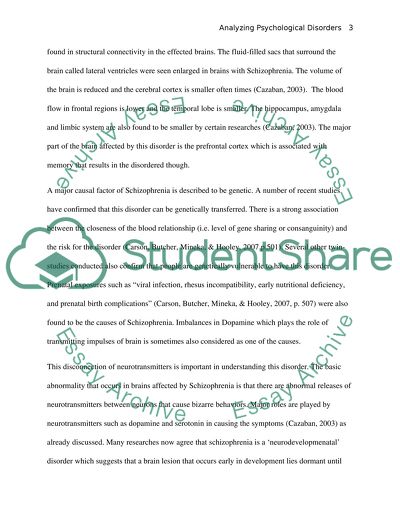Cite this document
(How To Analyze Psychological Disorders Essay Example | Topics and Well Written Essays - 1750 words, n.d.)
How To Analyze Psychological Disorders Essay Example | Topics and Well Written Essays - 1750 words. https://studentshare.org/psychology/1573702-analyzing-psychological-disorders
How To Analyze Psychological Disorders Essay Example | Topics and Well Written Essays - 1750 words. https://studentshare.org/psychology/1573702-analyzing-psychological-disorders
(How To Analyze Psychological Disorders Essay Example | Topics and Well Written Essays - 1750 Words)
How To Analyze Psychological Disorders Essay Example | Topics and Well Written Essays - 1750 Words. https://studentshare.org/psychology/1573702-analyzing-psychological-disorders.
How To Analyze Psychological Disorders Essay Example | Topics and Well Written Essays - 1750 Words. https://studentshare.org/psychology/1573702-analyzing-psychological-disorders.
“How To Analyze Psychological Disorders Essay Example | Topics and Well Written Essays - 1750 Words”. https://studentshare.org/psychology/1573702-analyzing-psychological-disorders.


